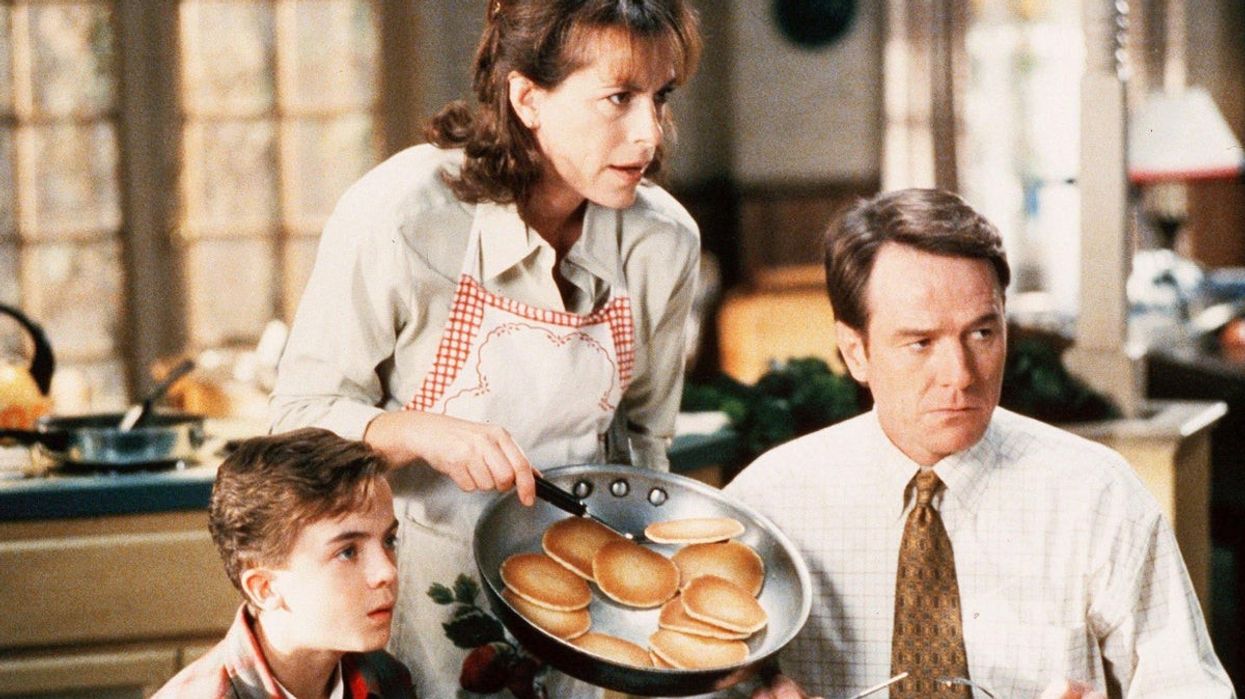Why Is Every Family on TV So Dysfunctional?
There's no TV show in the village of the happy people.

The airwaves are packed with TV shows about families. They thrive in real-life settings, animated worlds, and everything in between. The family unit is always popular on TV because it contains a wide array of characters who are forced to interact with one another.
Whether you're settling down to enjoy a comedy or a drama, TV loves a dysfunctional family. And so does the audience.
But why are they so popular? And why do they have the ability to straddle so many different genres?
Today we're going to break down these family units in television and watch an awesome video from The Take. So check it out, and let's speak more after the jump.
Why Is Every Family on TV So Dysfunctional?
I was not alive for the TV heydey of shows like Leave it to Beaver and The Brady Bunch, but the first days of television were all about families with ideal values. They were used to sell soap and detergent and other products while telling safe stories. These families were mainstays in TV throughout these decades, with shows like Cosby and even The Waltons carrying on this tradition in different generations.
But there were outliers. The families people didn't want to admit looked a lot like their own. It started with the Bunkers and transitioned into different points of dysfunction until the '90s rolled around, and The Simpsons, the Connors (Rosanne), and even the family in Malcolm in the Middle opened the door for more dysfunction. Characters were being developed that were more like us.
Suddenly, we got families with faults. We weren't trying to be like them, they were like us. Suddenly, it felt like every show on TV was about wild and weird families just trying to keep it together.

Dysfunction breeds drama and conflict. Those are the two cornerstones of all screenwriting. They work so well on TV because you can see different stories play out over the course of many episodes. A family with a lot of problems means you can have a lot of episodes. That's an ideal situation.
Dysfunctional families can be stressful, chaotic, full of bad role models, and prone to exploding at any time—that's a real recipe for success when you're telling an extended story.
For a long time, the TV family was healthy—but I'm not sure American audiences saw anything of themselves in these characters. And I think they got bored. Now, we have writers tackling issues of too much or too little money, changing values, or generation gaps. Families onscreen have increasingly moved away from that nuclear myth. We also have way more diverse families, with LGBTQ+ characters represented along with all races and creeds.

The reason it's like this is that audiences want stories that are a little more relatable. We got tired of seeing the world tied up in a neat little bow. Our lives were complicated, and we wanted our characters to get the emotions and situations we deal with daily.
What are your favorite TV families these days? Let us know in the comments.
Source: The Take











